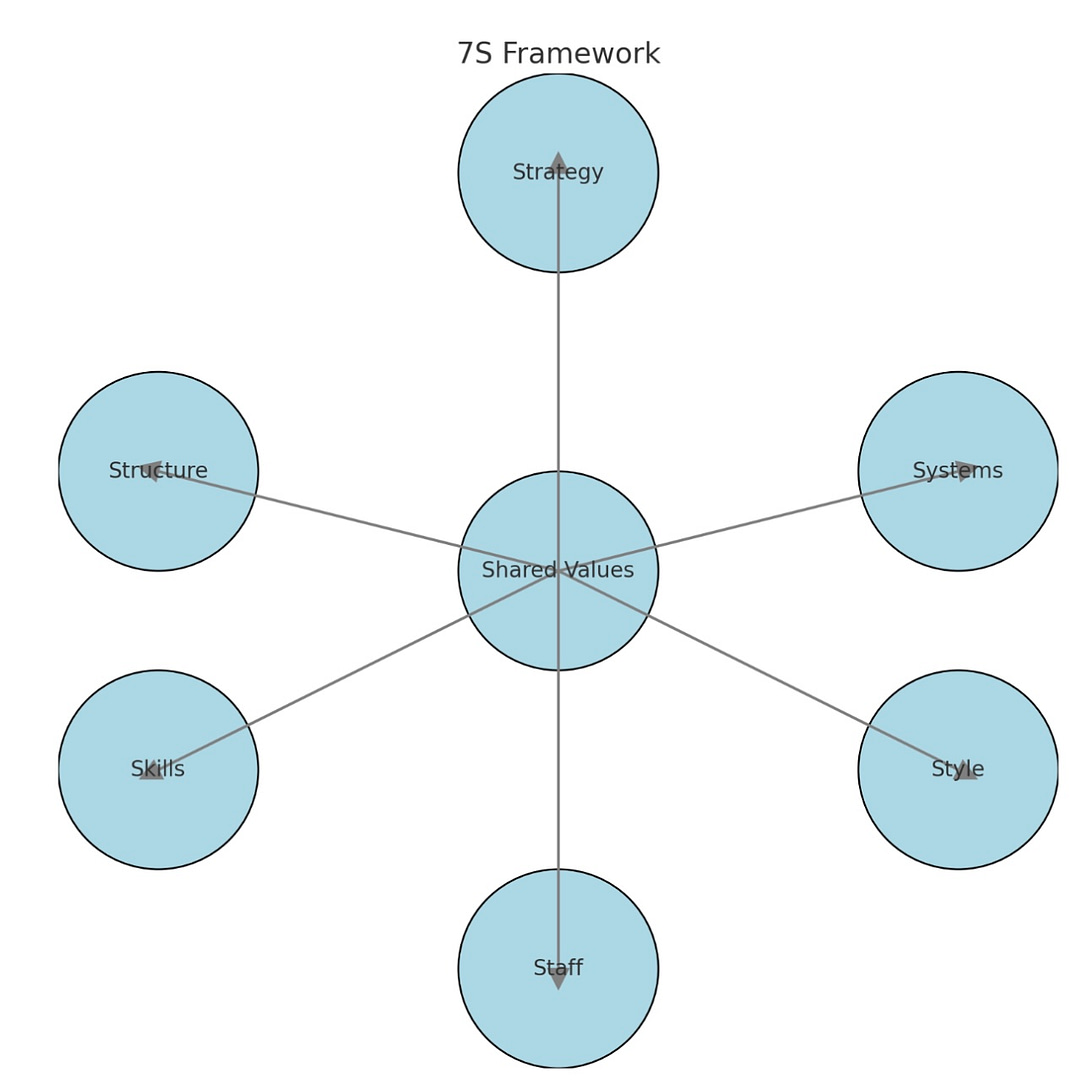
Creating Intuitive and Enjoyable Digital Experiences
Discussing the importance of user-centered design, usability principles, and creating intuitive and enjoyable experiences for your target audience can be valuable if you’re designing for digital platforms or interfaces.
In today’s digital landscape, user experience (UX) design plays a crucial role in creating successful products and services. By prioritizing user-centered design, incorporating usability principles, and striving to create intuitive and enjoyable experiences, designers can effectively meet the needs and expectations of their target audience. In this blog, we will explore the importance of UX design, delve into usability principles, and discuss how to create engaging and user-friendly experiences for digital platforms and interfaces.
User-Centered Design: Putting Users at the Heart of Design
User-centered design places the needs, goals, and preferences of users at the forefront of the design process. By gaining a deep understanding of the target audience through user research, personas, and user testing, designers can create products and services that align with user expectations. User-centered design involves empathizing with users, defining their needs, ideating solutions, and continuously iterating based on user feedback. By adopting this approach, designers can create meaningful and impactful experiences that resonate with their target audience.
Usability Principles: Enhancing User Satisfaction and Efficiency
Usability is a key aspect of UX design, focusing on how easily users can interact with a product or service to achieve their goals. Usability principles, such as learnability, efficiency, memorability, error prevention, and satisfaction, guide designers in creating user-friendly experiences. Designers should prioritize clear and intuitive navigation, provide informative feedback, minimize cognitive load, and ensure that users can easily recover from errors. By adhering to usability principles, designers can enhance user satisfaction, increase efficiency, and foster positive user experiences.
Information Architecture: Organizing Content for Accessibility
Information architecture (IA) involves structuring and organizing content in a way that supports intuitive navigation and discoverability. Through effective IA, designers can ensure that users can find information quickly and easily, creating a sense of clarity and coherence. IA techniques include creating logical hierarchies, employing consistent labeling and categorization, and designing intuitive search functionalities. Well-designed information architecture enhances the usability and accessibility of digital platforms, improving the overall user experience.
Interaction Design: Engaging Users with Intuitive Interfaces
Interaction design focuses on how users engage and interact with digital interfaces. By creating intuitive and responsive interfaces, designers can facilitate smooth and enjoyable interactions. This involves considering factors such as clear and visually distinct user interface elements, seamless transitions, intuitive gestures, and appropriate feedback. Attention to interaction design principles enables users to navigate interfaces effortlessly, resulting in engaging and immersive experiences.
Iterative Design and User Feedback: Continuous Improvement
Iterative design and user feedback are vital components of the UX design process. By continually gathering feedback from users, conducting usability testing, and analyzing data, designers can identify areas for improvement and refine their designs. Iterative design allows for continuous learning and iteration, ensuring that the product or service evolves to meet user needs and preferences over time. By incorporating user feedback, designers can create experiences that are tailored to the target audience, resulting in greater user satisfaction and long-term success.
Conclusion
User experience (UX) design is a critical component of creating successful digital products and services. By embracing user-centered design, adhering to usability principles, and creating intuitive and enjoyable experiences, designers can meet the needs and expectations of their target audience. Through effective information architecture, interaction design, and iterative design processes, designers can create experiences that are accessible, engaging, and delightful for users. By prioritizing UX design, designers can forge meaningful connections with their audience, foster positive brand experiences, and ultimately achieve long-term success in the digital landscape.
Table summarizing the key points on User Experience (UX) Design
| Topic | Description |
| User-Centered Design | Prioritizing user needs, goals, and preferences in the design process |
| Usability Principles | Enhancing user satisfaction and efficiency through usability principles |
| Information Architecture | Organizing content for intuitive navigation and discoverability |
| Interaction Design | Engaging users with intuitive and responsive interfaces |
| Iterative Design and Feedback | Continuous improvement through iterative design and incorporating user feedback |
By focusing on user-centered design, usability principles, information architecture, interaction design, and iterative design with user feedback, designers can create intuitive, engaging, and enjoyable digital experiences. Understanding and implementing these key principles of UX design will result in products and services that meet user expectations, foster positive experiences, and ultimately lead to long-term success.
Shop tip
Design with User Experience (UX) on Amazon
Creating Intuitive and Enjoyable Digital Experiences on Amazon
Thank you for reading and sharing!
Source OpenAI’s ChatGPT Language Model and DALLE – Images Picsart

Invest in your future & learn
Learn affiliate marketing & build your own website.
Heads up! Make sure you sign up using my referral link to get access to my personal coaching and all features.
👉 Sign Up







